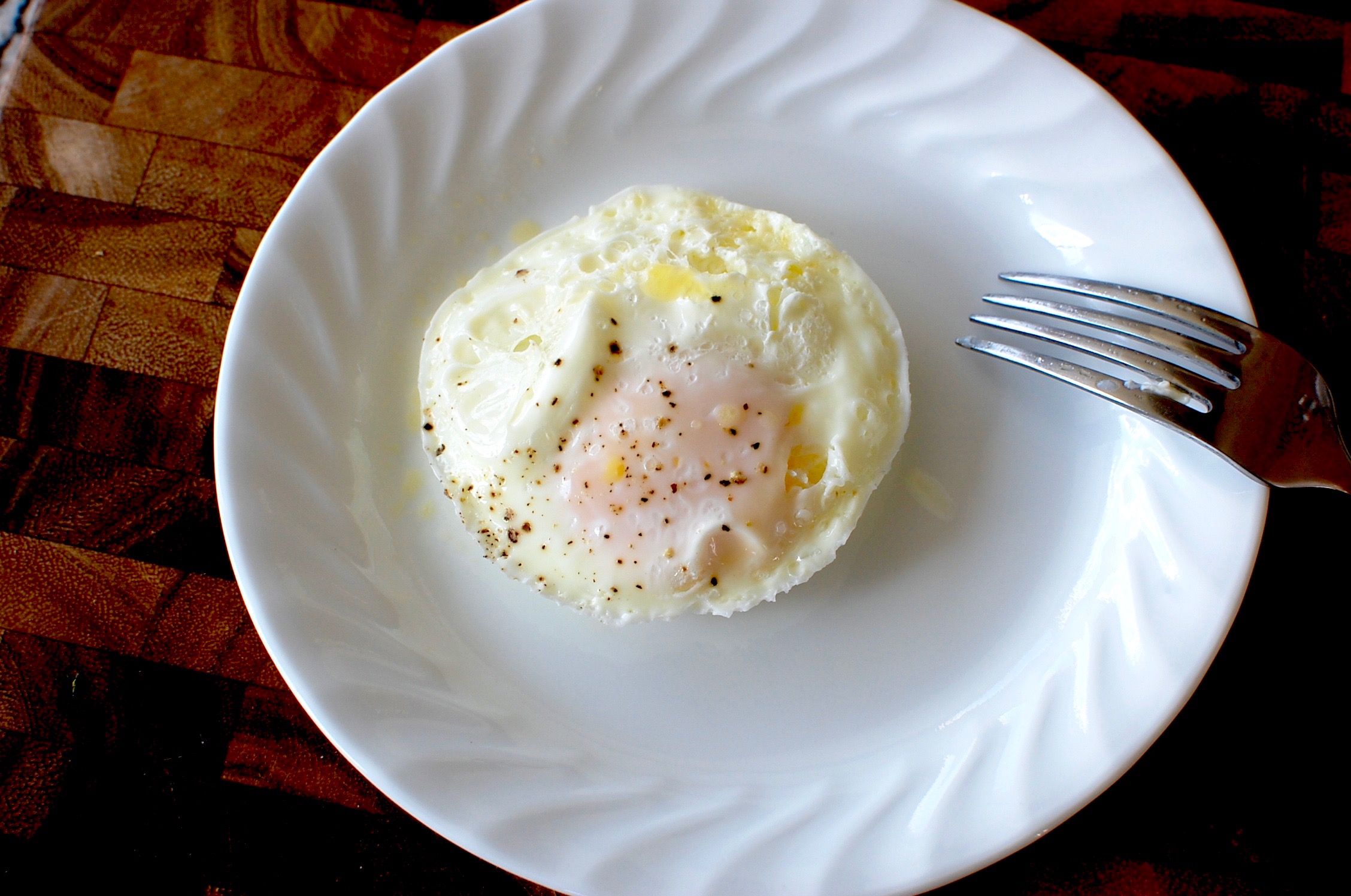
Easy Guide How to Cook Eggs in the Microwave Fast
How to cook eggs in the microwave is simpler than you might think. This quick method offers a convenient way to enjoy eggs any time.
Equipment
- Microwave-safe bowl or mug
- Fork or toothpick (for puncturing the yolk)
- Whisk (for scrambled eggs)
- Measuring spoons (for seasonings)
Ingredients
- 1 large egg
- 1 tablespoon milk or water (optional, for scrambled eggs)
- Salt and pepper to taste
- Optional toppings: shredded cheese, chopped vegetables, salsa
Instructions
- Step 1: Prepare the Microwave-Safe Container: Select a small, microwave-safe bowl or mug. If making scrambled eggs, lightly grease the container with cooking spray or butter to prevent sticking.
- Step 2: Prepare the Egg: For a poached-style egg, crack the egg directly into the container. Carefully pierce the yolk with a toothpick or fork to prevent it from exploding during cooking. For scrambled eggs, crack the egg into the container, add milk or water (if using), and whisk until well combined.
- Step 3: Microwave the Egg: Place the container in the microwave and cook on high power for 30 seconds. Check the egg's consistency. If it's not fully cooked, continue microwaving in 10-15 second intervals until it reaches desired doneness. Remember, cooking times vary depending on microwave wattage.
- Step 4: Season and Serve: Once the egg is cooked to your liking, carefully remove the container from the microwave (it may be hot!). Season with salt and pepper to taste. Add any desired toppings, such as shredded cheese, chopped vegetables, or salsa. Serve immediately and enjoy. Tips and Substitutions: For a richer flavor, substitute cream for milk. Add a pat of butter to the egg before microwaving for added richness. To cook multiple eggs, increase the cooking time accordingly, checking for doneness frequently. If the egg explodes during cooking, reduce the microwave power level and cook in shorter intervals.
Notes
Variations
The basic “how to cook eggs in the microwave” method lends itself to numerous creative adaptations.
- Ingredient Swaps: For a dairy-free option, almond milk or oat milk can replace cow’s milk. Nutritional yeast can mimic the cheesy flavor for a vegan variation.
- Regional Twists: Incorporating a sprinkle of Mexican cheese blend and salsa introduces a Southwestern flair. Adding a dash of soy sauce and sesame oil provides an Asian-inspired twist.
- Dietary Adjustments: For a lower-fat option, egg whites can be used instead of a whole egg. Adding chopped vegetables increases the fiber content and nutritional value. Those seeking additional protein may add cooked lean meats or beans.
Serving Suggestions
Microwave eggs serve as a versatile component of many meals.
- Breakfast: Serve as a quick and easy protein source, accompanied by toast, avocado, and a side of fruit. Incorporate into breakfast burritos or breakfast sandwiches.
- Lunch: Add to salads for a protein boost or enjoy as a light meal with a side of whole-grain crackers and vegetables.
- Snacks: Microwave eggs provide a high-protein snack option. The versatility of egg can compliment almost any food with ease, whether you are topping a slice of toast or adding protein to a salad.
Storage Tips
Optimal storage practices maintain the quality and safety of cooked microwave eggs.
- Refrigeration: Cooked microwave eggs should be refrigerated promptly. Allow the eggs to cool slightly before transferring to an airtight container.
- Duration: Properly refrigerated microwave eggs can be safely stored for up to 3-4 days.
- Reheating: Reheat refrigerated microwave eggs thoroughly before consumption. Microwave in short intervals, ensuring even heating, or consider incorporating into dishes such as stir-fries or salads. The texture may be slightly altered upon reheating.
Frequently Asked Questions
- Question 1: Why did my egg explode in the microwave?
Answer: The yolk was likely not pierced before cooking, causing pressure to build inside the egg. Always puncture the yolk with a fork or toothpick. - Question 2: How do I prevent my eggs from becoming rubbery?
Answer: Overcooking is the primary cause of rubbery eggs. Microwave in short intervals, checking for doneness frequently. Reduce the microwave power level for gentler cooking. - Question 3: Can I cook eggs in their shells in the microwave?
Answer: It is generally not recommended to cook eggs in their shells in the microwave due to the risk of explosion. Always crack the egg into a microwave-safe container. - Question 4: Is it safe to cook eggs in the microwave?
Answer: Yes, when following proper cooking guidelines, it is safe to cook eggs in the microwave. Use microwave-safe containers, puncture the yolk, and cook to a safe internal temperature.